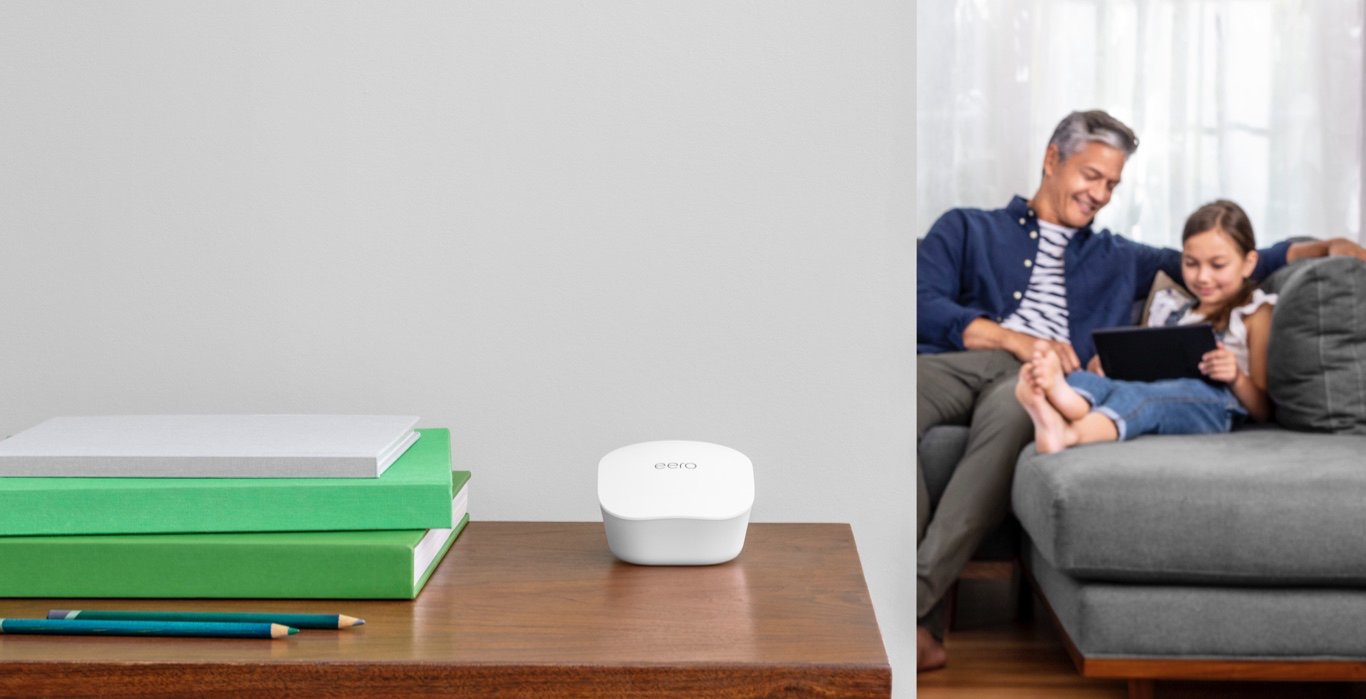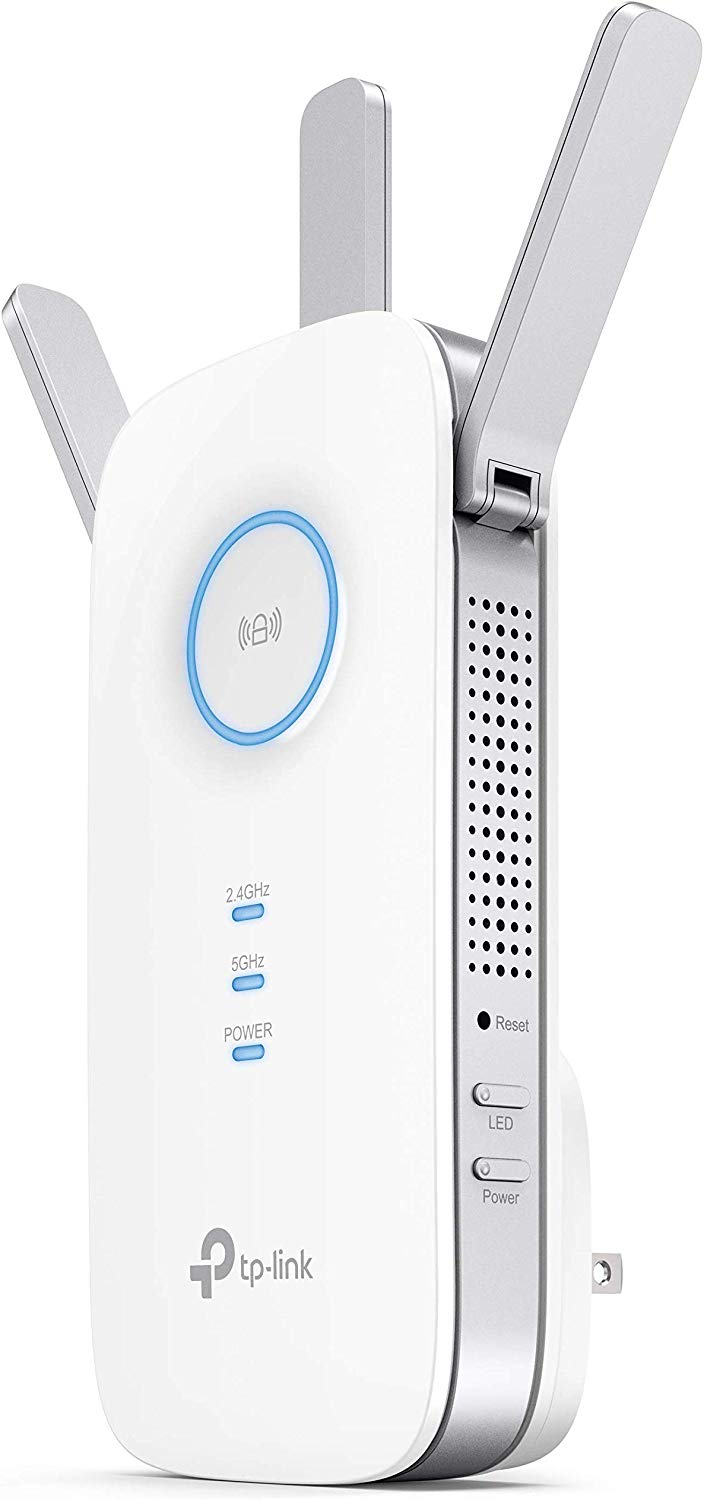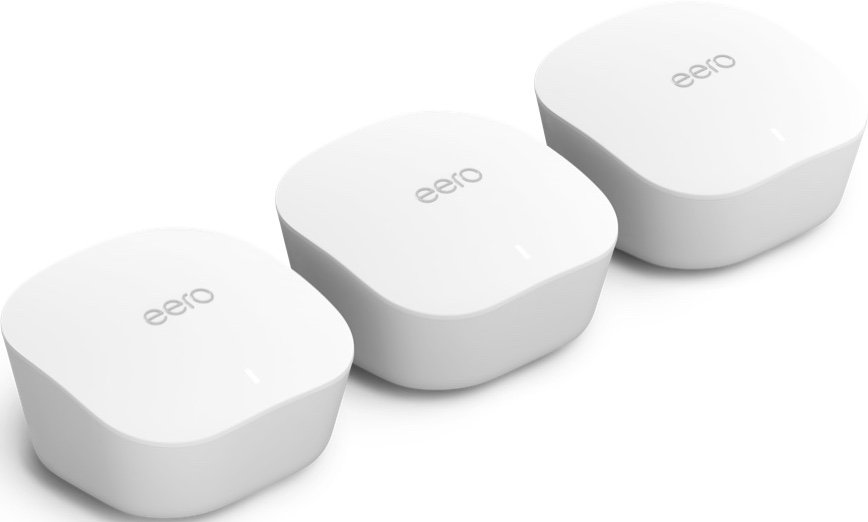How to keep your Wi-Fi network strong

For many people, working from home means working from their home Wi-Fi network. While some people plug directly into their modems, using your Wi-Fi network can give you more freedom in setting up a workspace. So when you're thinking about working from home, you need to consider the strength of your Wi-Fi network.
There are a lot of ways to make sure you're getting a strong Wi-Fi signal no matter where you are in your home. From dedicated routers, a mesh Wi-Fi setup, or even Wi-Fi extenders, here's what you'll need to get the strongest Wi-Fi you possibly can no matter where you are in your house.
Dedicated routers
Most modems offered by internet providers these days come with built-in Wi-Fi capabilities. Unfortunately, those features tend to be lackluster at best, and they're certainly put to shame by more dedicated Wi-Fi hardware like routers. Using a dedicated router as the center of your Wi-Fi network, rather than a modem, is the first step to insuring strong Wi-Fi signal throughout your entire home.
A dedicated router provides a wireless access point using dedicated hardware. It generally has multiple antennas for different frequency bands. If you remember Apple's now-discontinued AirPort line of products, those were Wi-Fi routers.
To use a dedicated router, you plug it into power and connect it to your modem, generally using an ethernet cable. The router then provides the Wi-Fi signal to your home, doing a better job of it than the Wi-Fi in your modem could. And routers offer faster Wi-Fi overall, while the physical connection between your modem and router means that your internet speed shouldn't be hampered at all.
Most dedicated routers these days support Wi-Fi 5, also known as 802.11ac, which should be fast enough for most home internet connections. Wi-Fi 6, which offers potentially faster wireless speeds along with greater bandwidth than previous generations of Wi-Fi, has also started shipping on some routers, though models that support it tend to be more expensive.
Range extension
A router is great, but it's only one piece of your home Wi-Fi puzzle, especially if you live in a larger or awkwardly-shaped home, or one with a lot of brick. You see, these factors all play a part in how far your Wi-Fi router's signal gets within your home. For instance, if you have a larger home, the Wi-Fi signal from a router alone won't reach to every room in your house, or if it does, it will be fairly weak in the far edges. Wi-Fi signals also have trouble passing through materials like brick.
iMore offers spot-on advice and guidance from our team of experts, with decades of Apple device experience to lean on. Learn more with iMore!
Enter the Wi-Fi extender. These devices connect to your Wi-Fi network at a closer physical point in your home than you can necessarily have your wireless devices, allowing the Wi-Fi network to be, you guessed it, extended. Your network will then be able to reach further into your home, offering a stronger signal no matter where you're located.
If you're setting up a home office, a wireless range extender can be vital, giving you more freedom in where to set up your workspace.

Give your Wi-Fi network a farther reach.
TP-Link's Wi-Fi extender offers excellent range and fast speeds for extending your network to its full potential. It's also go an ethernet port, letting it be used as a wireless access point if you've wired your home with Ethernet.
Mesh routers
A mesh Wi-Fi system combines the router and Wi-Fi extender principles into a more cohesive whole. Conventional Wi-Fi network extension is based on what's known as star topology. There's a single primary access point, the router, which is connected to your modem. Other wireless access points connect directly to the router. This ultimately limits the effective range of Wi-Fi extension.
Mesh topology, on the other hand, works differently. Instead of having to connect directly to your router, mesh network access points can connect to each other, essentially forming a wireless daisy chain back to the router. This has the effect of keeping your wireless network signal strong across the entire network, as you're never far from a node.
It also has the benefit of keeping your speeds up. While mesh routers use both the common 2.4GHz (slower but longer range) and 5GHz (faster but shorter range) Wi-Fi bands, having multiple access points closer together allows the network to be run over the faster 5GHz frequency. Even though 5GHz has a shorter range, the presence of multiple access points that extend the range of the network means that this is less of an issue than it is in extending a more conventional Wi-Fi network.
How's your setup?
How's your home network setup? Do you have everything in place, or are you looking to make it stronger and more reliable? Share your tips for better home networking in the comments.
Joseph Keller is the former Editor in Chief of iMore. An Apple user for almost 20 years, he spends his time learning the ins and outs of iOS and macOS, always finding ways of getting the most out of his iPhone, iPad, Apple Watch, and Mac.



